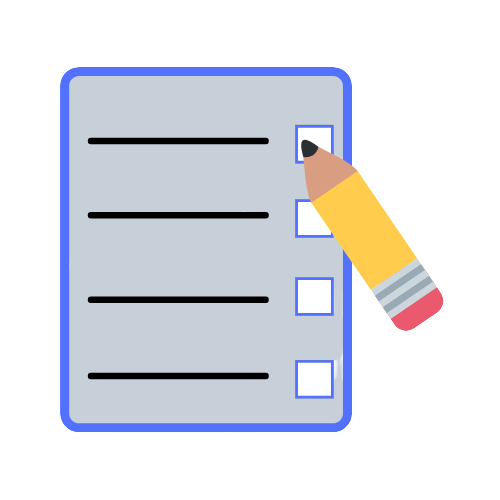Surveys address student wellness and culture

Each year students take surveys so that the school’s administration can get a grasp on where the students may be lacking emotionally. Students have been taking the 5 Essentials survey for many years, and the Panorama survey is a new addition.
The 5 Essentials and Panorama surveys serve vastly different purposes. The 5 Essentials survey is required by the state, and the responses are used as one part of the algorithm that gives the school its ratings. The Panorama survey is a new product for the school. It is used by the school to see where the students are as far as mental health and wellness.
Dr. Young, Director of Programming and Data Analysis, commented on the schoolwide survey, Panorama.
“This is our first go around with this. It’s a new product. Many other schools are using it around the nation. Part of the package that Panorama provides are strategies for social-emotional learning,” Young said.
The entire Panorama package for the D128 schools costs $16,052.50, according to Young.
As for participation, Mrs. Dillon said that 89 percent of students took the second Panorama survey in February about equity and inclusion, a great improvement from the 54 percent of students who took the Panorama Back to School survey this past fall.
Sydney Takaoka (12) says that peers don’t take adequate time to give honest feedback because “it’s a really long test that people just want to get through, and people lie on it.”
Takaoka’s insight shows how some students may not answer the questions diligently.
Nonetheless, the survey collects “more than enough data to suggest that it’s statistically significant in terms of the input,” according to Dr. Young.
According to Dr. Young, this calculation for statistical significance seeks for answer trends from the students who didn’t answer dishonestly or randomly. The computer’s algorithm looks for anomalies to distinguish which students selected answers randomly or dishonestly. By ruling out these responses, it can find trends that are taken as an accurate representation of the student body’s opinions.
Various resources like VH Give, Spark, social workers, and programming for parents will use this information to help improve the areas where students are lacking with social-emotional wellness.
Even though the questions may seem redundant to students, “there has been tons of different research about the questions and how they ask them,” Dr. Young said.
Ryan Ellis (12) has a different outlook on the claimed benefits from taking the surveys.
“It gives Vernon Hills a good viewpoint on how their students are doing. Some of the answers may shock them, and that’s kind of what they need to understand what’s going on in our lives,” Ellis said.
